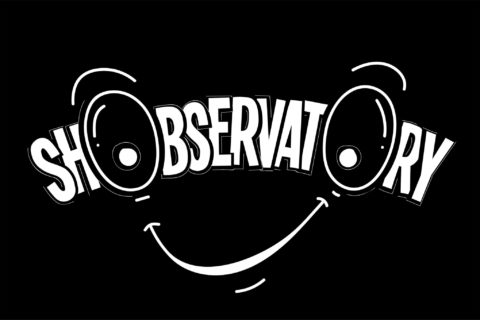As we contemplate possible futures for marketing research, it’s “Follow the data!” MR has traditionally helped sellers connect with buyers. Today’s connected consumer is changing this relationship – and thus the role of MR and its integration with other functions in the organisation.
Some consumer behaviour has always been routine, but digital assistants and subscription services based on the Internet of Things may soon make the “first moment of truth” the last chance to acquire a customer. Someday, sell-bots will market to buy-bots. Customer service will also be delivered in part or wholly by chat-bots. Insights traditionally provided by MR will be “baked into” such systems which will also “learn” from and adapt to new situations.
As recent concerns about automated online ad placements and “brand safety” illustrate, however, there are potential pitfalls. The technological imperative to engineer out the variable human element for “frictionless” buying or service delivery harbours a “field of dreams” assumption: If you automate it, they will (still) come. What is missing is the value consumers place on experiences. While the Internet did “disintermediate” some categories, it did not change human nature. The travel agency that once stood on the busiest corner in Harvard Square is long gone – replaced by online eyewear retailer Warby Parker’s new brick and mortar store. One woman’s search costs is another woman’s fun experience.
Change
Just as ubiquitous data and automation are changing consumer behaviour, so too will MR change. Traditionally, we ensured the relevance and objectivity of our findings through labour-intensive qualitative research for discovery and carefully designed samples and questionnaires for validation. Unfortunately, consumers’ perceptions, attitudes and intentions did not always predict their subsequent behaviors.
Today, entire “found” datasets from online search, service transactions and other behaviors can be analysed automatically for both discovery and validation. MR may thus shift from designing samples and attitudinal questionnaires toward correcting the potential biases built into such datasets and the unintended consequences of implementing results of automated analyses.
Consider these challenges/opportunities:
- Machine learning may yield spurious as well as relevant correlations. How can market researchers help data scientists distinguish the two – and improve their models?
- “Black box” models can create “lift” in targeted marketing – until they don’t. Lacking explanations of why the model used to work, it may be hard to decide what to do next.
- Whereas theory-based findings can yield insights (e.g., consumer personas) that managers can share and extrapolate to new contexts, purely inductive black box models may not.
- Black boxes may also become echo chambers: Analysing the behavior of existing customers may merely optimise for existing customers and not inform actions needed to expand the franchise.
- Similarly, such models may end up targeting only customers predisposed to respond or in late stages of the decision funnel, creating endogeneity that confounds causal interpretation.
- The training sets required for machine learning of “found data” may not be representative – resulting in biases that can be exacerbated by applications of the algorithm.
MR must remain “the voice of the customer” – even when that customer is Alexa. We will need to focus on when, why and how consumers cede some or all of their decision-making. As automated “insights” are baked into service delivery and other systems, we must ensure that all current and prospective customers have a voice. Accordingly, the MR function will need to be more closely aligned with – and even “owned” by – the product/service design and delivery functions of the organisation. As sampling, data collection and analysis are automated, researchers will need to add value in more strategic interpretation and communication of findings where managerial discretion is still required. Hence the need for effective storytelling, no matter what the source and technique that yielded the insights. As consumers and marketers increasingly connect experientially, we should share our findings with managers in more immersive ways (e.g., using augmented or virtual reality).



1 comment
Wise words, Earl. Selling has always been about stories. As we plunge into the machine future, let’s retain some humanity!